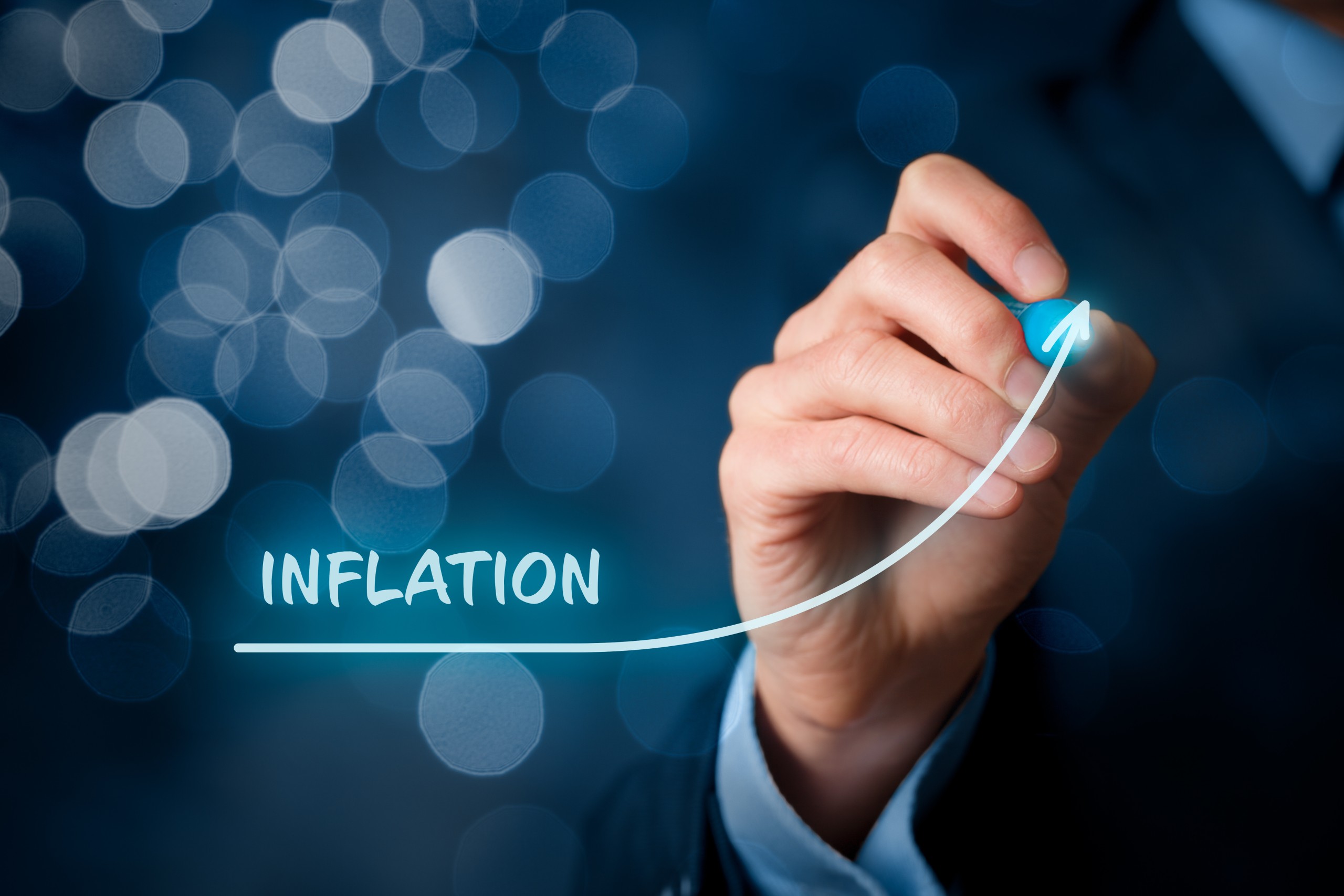
As election season approaches, discussions about inflation will become increasingly common. But what exactly is it, and how does it impact individuals and businesses? Here is a straightforward guide to inflation, it’s significance, and the key challenges facing the next government.
Inflation: A definition
Inflation measures the rate at which the prices of goods and services increase over time. For example, if a loaf of bread costs £1 and rises to £1.02 a year later, the annual inflation rate for bread is 2%.
When we hear that the rate is falling, it doesn’t mean prices are decreasing—only that they are increasing at a slower rate than before.
The primary measure is the Consumer Prices Index (CPI), which tracks the prices of a ‘basket’ of more than 700 goods and services. This includes everyday items like milk and bread, as well as the latest consumer trends, such as air fryers, which were added in 2024.
Measuring presents challenges. For instance, different households experience varying fluctuation in price rates based on their consumption patterns.
Other commonly referenced measures include core (excluding volatile items like food and energy) and services inflation (focusing on service-related categories). These measures provide a clearer picture of underlying price pressures.
How Does this Affect People and Businesses?
A higher rate reduces consumers’ purchasing power, meaning it takes more money to buy the same product or service than it did previously. If incomes do not keep pace with inflation over a sustained period, people will find themselves worse off.
During periods of high inflation levels, companies typically pay more for inputs into production and higher wages, which decreases their profit margins. While businesses can maintain margins by raising prices, this can lead to a drop in consumer spending and lower sales revenues.
Periods of high inflation usually see interest rates rise as the Bank of England aims to bring inflation down to its 2% target.
The State of Play in June 2024
As of June 2024, UK CPI has returned to more typical levels following the largest surge in 40 years. However, since April 2021, prices have risen by 21%, which is 15% higher than if inflation had remained at the Bank of England’s 2% target over the same period. This means the UK experienced more than ten years’ worth of ‘average’ levels in just three years.
The Outlook for the UK
The Bank of England expects rates to fall below its target in the near term but rise again to 2.6% in the second half of this year as the impact of recent drops in energy prices fades. It projects inflation to decrease further over the coming years, reaching 1.5% in 2026.
Key Challenges Facing the UK
- Low Labour Supply: Employers are competing for scarce employees by raising wages, adding to inflationary pressures.
- External Shocks: Events such as Russia’s invasion of Ukraine can cause spikes in global energy prices and disrupt supply chains, pushing up the cost of goods and services.
- Post-Brexit Trade Frictions: These frictions add to the cost of goods flowing from the EU into the UK.
- Low Potential Growth: Supply-side constraints mean the UK’s economic growth rate without stoking inflation is among the lowest in OECD countries.
All information in this article should be considered general and not advice for your own unique circumstances. For information on how you and your business are affected, contact us directly.
Who are K2 Accountancy Group?
With over 20 years of experience, we are a premium group of accountancy practices which specialise in in back-office services, advisory and tax. We provide comprehensive support to businesses, ensuring efficient financial management and seamless operations. Our dedicated team delivers reliable, professional solutions tailored to meet your specific accounting needs.
Latest Articles
FCA Review Offers Insights on the Consumer Duty in the Payments SectorAvoiding Problems When Switching to New Payroll IDs or Payroll ProvidersNew Calls for a UK Investment Strategy which supports industries with world-class capabilitiesTax Reform and Modernisation: Rachel Reeves’ New Plan for HMRCAnti Money Laundering (AML) Supervision Needs Improvement: OPBAS Report Highlights Key Concerns
